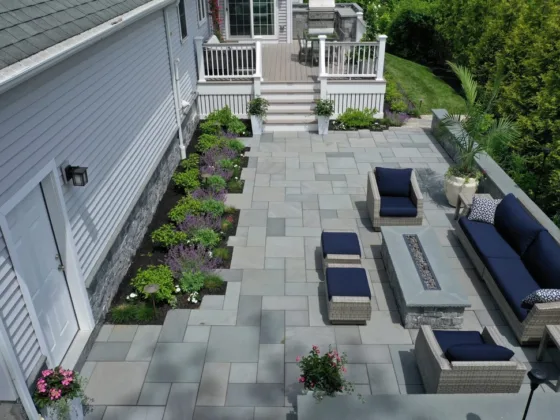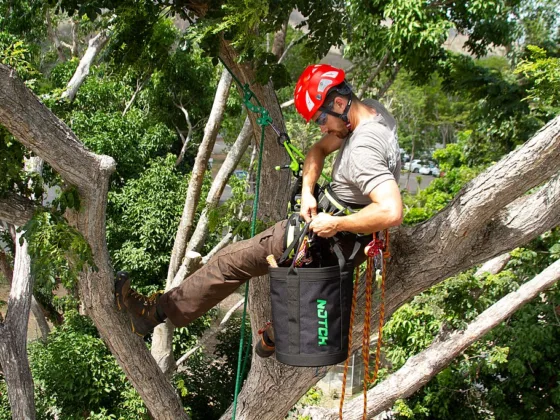Table of Contents Show
Retaining walls are a hidden gem in landscaping. They’re difficult to imagine when your slope is very steep but after one is installed you wonder how you’ve ever gone without it.
This happens because retaining walls add both beauty and function to good landscaping design. Take a look at this overview of how retaining walls actually work in practice.

Retaining Walls in Landscaping
The main reason for a retaining wall is to help homeowners make better use of steep places in their yards. With retaining walls, steep slopes become unusable, unattractive spaces.
Add a vertical retaining wall to stop erosion means minimizing the impact of the slope on your landscape. Retaining walls aren’t just used in residential landscaping.
Commercial landscapes benefit from retaining walls to help provide more roadways, parking areas, and other flattened spaces. Consult with a versatile landscaping company like Cherry Oak Landscaping if you need more than a basic wall built for aesthetic purposes.
Read Also:
How Does the Retaining Wall Work?
A retaining wall is a vertical barrier near the base of a slope in the landscape. It works as a dam against the soil stopping the slope at a specific point in the yard.
This point might mark where you want to create a flat area in your yard. The retaining wall could be in a place where soil erosion has the worst impact on your yard.
The way you use retaining walls depends on your landscaping goals and budget.
Click here to know more about this.
Different Types of Retaining Walls?
There are four main types of retaining walls: gravity, piling, cantilever, and anchored. Here’s how each type works.
Gravity
This type of retaining wall uses the weight of the wall to hold back the soil. Gravity retaining walls aren’t the most secure option for long slopes.
Opt for this type of design when your slope is less than 3ft in length.
Piling
Piling walls use long poles that extend above the wall and beneath the soil. These are a strong option for holding back soil over a long period.
The type of poles used vary based on the design, but metal poles and treated wood are common choices.
Cantilever
Cantilever retaining walls use a third ‘arm’ that applies three points of stability. It’s similar in look to a piling wall except that there’s a slope at the front of the wall to create more support against the weight of the soil.
Anchored
The strongest type of retaining wall available is an anchored wall. Unlike piling and cantilevered walls, these structures have a base set deep into the slope for added support.
Designing a Retaining Wall
Retaining walls are beautiful ways to protect your environment from erosion. Some retaining walls use beautiful rock formations to hold back soil while others rely on more industrial designs.
Talk to your landscape designer for a list of options that work within your budget and match your home’s architecture. For more information and landscaping tips, visit our blog for updates.










